Environmental Route Argasi-Laganas
The route starts from the village of Argasi Zakynthos, crosses the entire mountain of Skopos and ends at the Gulf of Laganas and the National Marine Park of Zakynthos. It is a difficult and demanding route of about 12 kilometers for someone who wants to combine physical exercise with the observation of the rich flora and fauna of the area. At the beginning of the itinerary one meets many protected orchid species, various aromatic herbs and pine trees. Here it is worth mentioning that the view from the Panagia Skopiotissa is magnificent and especially from a rocky hill on the eastern side of the church. Although the road to Panagia Skopiotissa is quite tiring as it is uphill and in some places have stones and grooves, when reaching the top of the mountain the magnificent view of the Ionian Sea rewards you.
The mountain of Skopos has been of strategic importance in the history of the island since ancient times. More specifically, the monastery of Panagia Skopiotissa, where the church is located today, is one of the oldest on the island. It was founded before the middle of the 15th century and in 1534 it was ceded to the noble family of Logothetis, where it still belongs today. Nowadays, only the ruins of the monastery and the church of the Virgin Mary are preserved, which is located in the center of the monastery. The church of Panagia Skopiotissa is white, it has been built in the shape of a free cross with a dome and along with the church of Agios Andreas in Kalamaki are the only churches of Byzantine architecture of the island. It was founded on an ancient temple of the goddess Artemis and parts of the church were used to build the church, such as the entrance and the floor of the temple. Inside there are frescoes and the miraculous icon of Panagia Skopiotissa, which at times of earthquakes the people took it down to the city for a grand procession.
Continuing the hiking, there is a descent to the village of Kalamaki and the National Marine Park of Zakynthos in Laganas Bay. The whole bay area is classified as NATURA 2000 (GR2210002), as it is one of the most important nesting beaches of the Caretta Caretta sea turtle. The management body of the National Marine Park of Zakynthos supervises the protection of nature, landscape and cultural heritage, as well as the sustainable development of this area. From there, the route becomes much easier as the walk continues along the sandy beach where one can still take a dip in the blue waters of the bay.
On the route along the beach there are sand dunes which belong to the coastal habitats and are fragile but dynamically evolving ecosystems and host resistant plants and animals with high resilience to adverse conditions. They are the transitional zone between the sea and the land and are invaluable as the sand dune vegetation holds the sand, stabilizes the coastline and the soil from the corrosive action of the sea and the wind and is a natural filter and natural anti-flood barrier for salt water.
The walk ends in the coastal forest of Laganas where there are conifers (pines, pine cones, cypress trees), coastal shrubs (shrubs, yews, myrtle trees) and phrygana (oregano, thyme, spiny broom). These species are resistant to prolonged drought and strong winds, and have developed mechanisms to be renewed after fires. Intense is the presence of eucalyptus trees (imported species), which were planted to help drain the lake that once existed in the area. The area is also referred to as Lake Makri because at this point there was a lake of 800 acres, which was dried in the middle of the last century, in order to make the facilities of the airport.
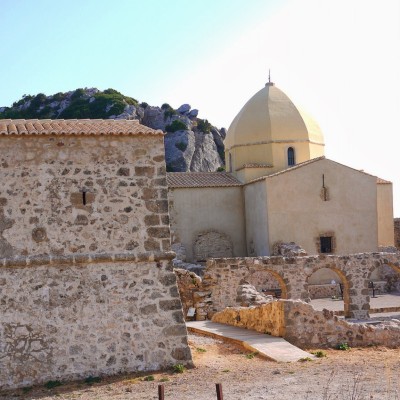

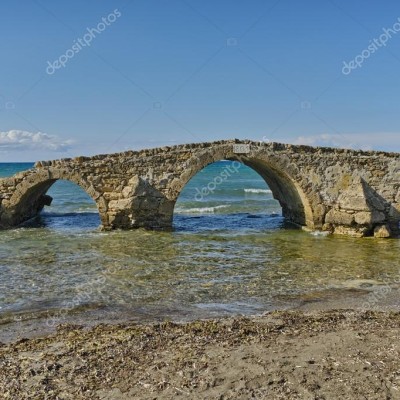
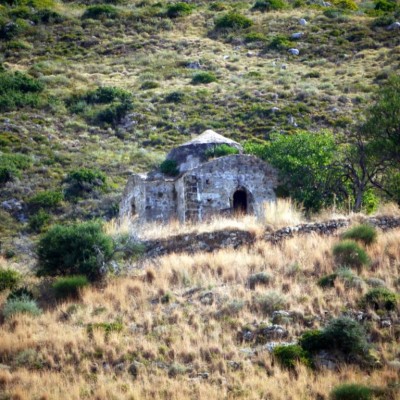
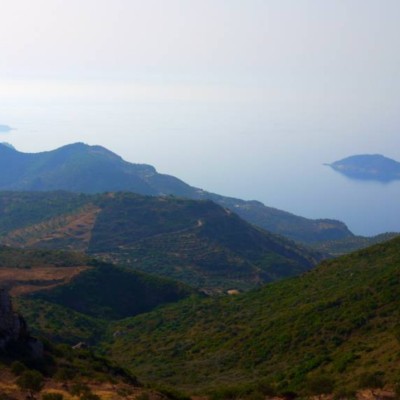
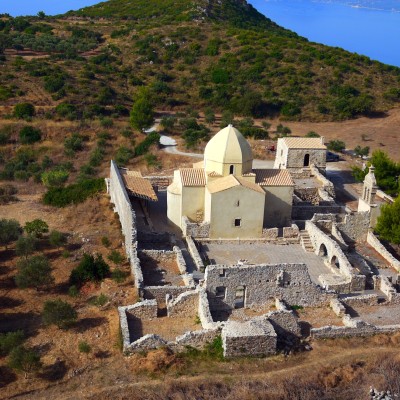
.jpg)